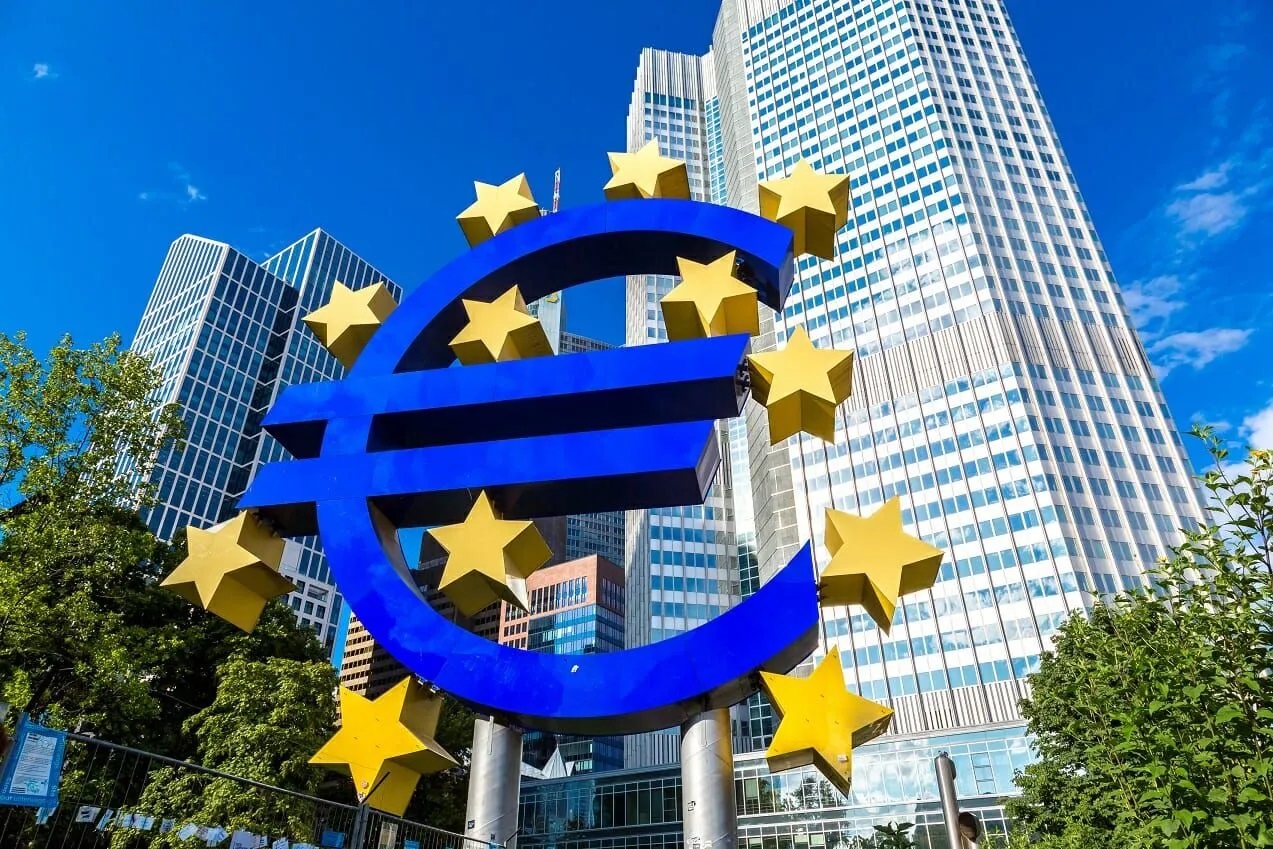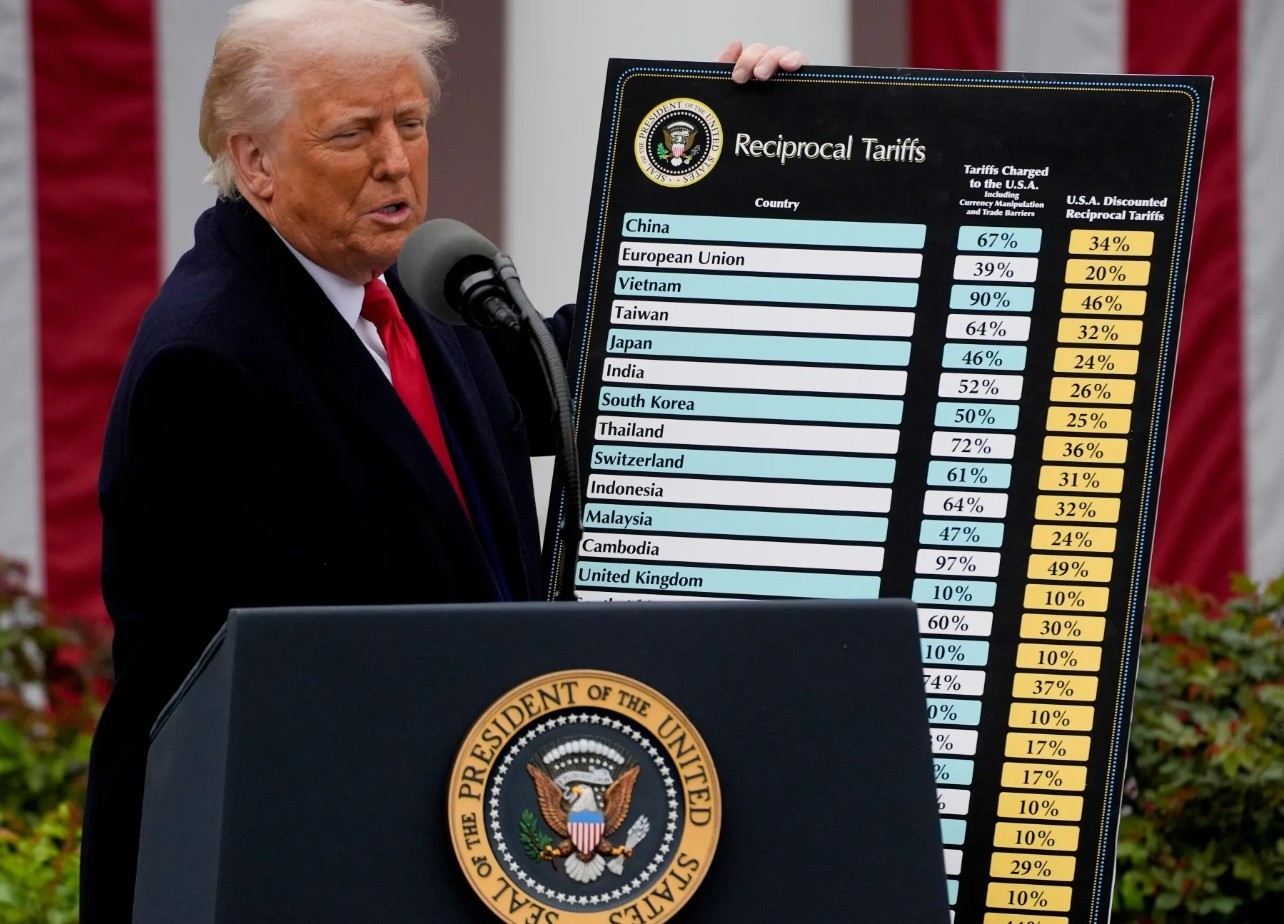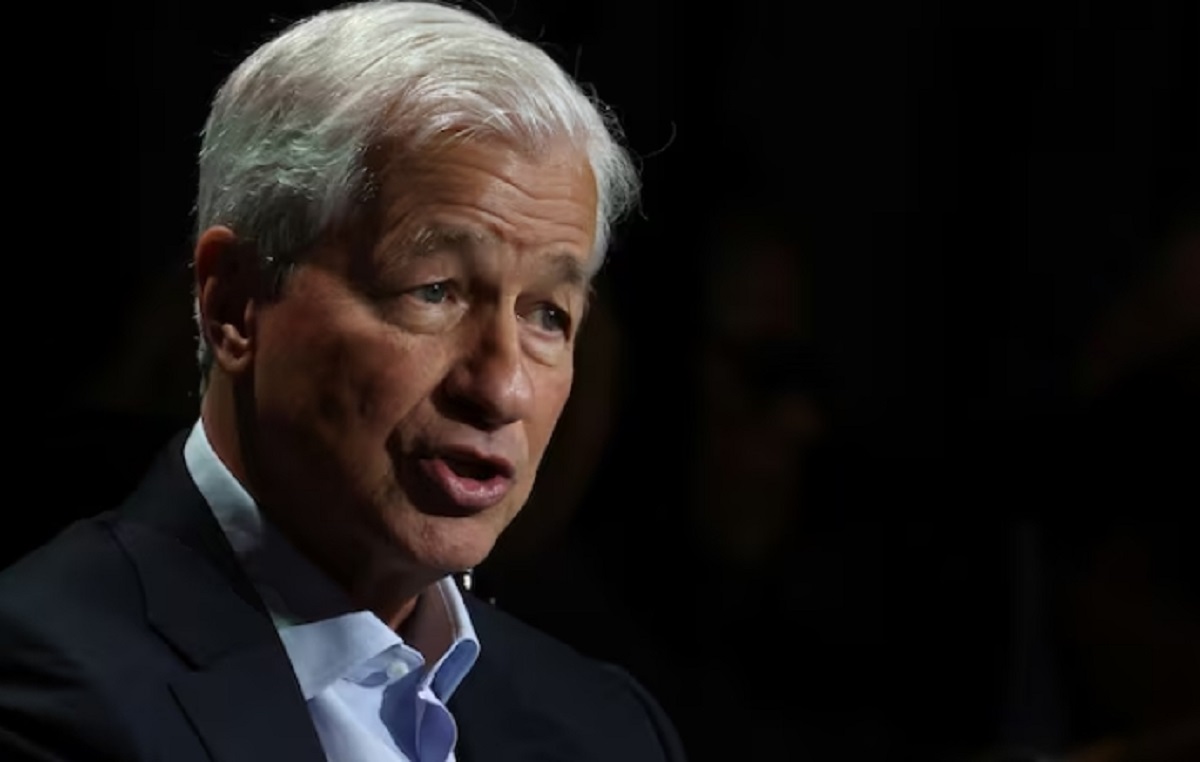The Energy Transition in Overdrive: Navigating Growth and Regulatory Crosscurrents
The global energy sector is at a crossroads, with renewables surging while fossil fuels face mounting headwinds. In Q1 2025, this transformation is being shaped by technological innovation, policy shifts, and a race to meet soaring demand from AI-driven data centers, clean manufacturing, and carbon removal projects. For investors, the path forward demands a nuanced understanding of both opportunities and risks.
Renewable Energy’s Breakout Moment
The renewables sector is no longer a niche player. By year-end 2024, U.S. solar capacity had soared to 128.2 GW—up 38.4 GW from 2023—and is projected to add 26 GW in 2025 alone, cementing its position as the fastest-growing power source.  Wind, while still dominant at 153.8 GW, is growing more slowly due to supply chain bottlenecks, while battery storage capacity has tripled since 2020, reaching 30.9 GW.
Wind, while still dominant at 153.8 GW, is growing more slowly due to supply chain bottlenecks, while battery storage capacity has tripled since 2020, reaching 30.9 GW.
What’s Driving the Surge?
1. Cleantech Reshoring: Federal funding like the $27 billion Greenhouse Gas Reduction Fund is accelerating domestic production of solar panels and batteries. Companies like First Solar (FSLR) and Tesla (TSLA) are capitalizing on tax incentives, though trade tariffs threaten to undermine progress.
2. AI and Data Centers: Tech giants such as Microsoft (MSFT) and Amazon (AMZN) are demanding 24/7 clean energy to power their AI infrastructure, driving demand for long-duration storage and geothermal projects.
3. Carbon Markets: Renewable-powered direct air capture (DAC) facilities now account for 84% of carbon removal credits, with prices hitting $1,000/ton. This creates new revenue streams for solar and wind developers.
Fossil Fuels: Declining but Not Yet Obsolete
While renewables dominate headlines, fossil fuels remain critical—though their trajectory is uneven. Coal-fired generation has dropped to a record low, eclipsed by wind for two straight months in 2024. Natural gas, however, faces a precarious future:
- LNG Exports: New pipelines like the Matterhorn Express aim to boost U.S. LNG exports to Europe, but EU methane regulations could raise compliance costs.
- Regulatory Uncertainty: The Supreme Court’s potential rollback of EPA authority on emissions rules creates a wild card for coal and gas plants.

Regulatory Crosscurrents: Federal vs. State Battles
The Biden administration’s climate policies clash with state-level resistance and executive orders from the prior administration. Key flashpoints include:
- Grid Reliability EO: President Trump’s 2025 directive allows the DOE to block power plant closures, favoring fossil fuels. This could delay retirements of coal plants, undermining renewables’ momentum.
- State Overreach EO: Federal preemption of state climate policies—such as California’s renewable mandates—threatens to slow regional decarbonization.
- Sunset Clauses: Thousands of energy regulations face expiration by 2025, creating uncertainty for utilities like NextEra Energy (NEE) and Dominion Energy (D).
Last Price($) | Last Change% | GICS Sub-Industry |
|---|---|---|
| 0.68 | 15.38% | Renewable Electricity |
| 1.45 | 3.57% | Renewable Electricity |
| 15.60 | 2.60% | Renewable Electricity |
| 18.32 | 2.35% | Renewable Electricity |
| 5.73 | 2.19% | Renewable Electricity |
| 6.15 | 1.40% | Renewable Electricity |
| 71.20 | 1.01% | Renewable Electricity |
| 15.29 | 0.23% | Renewable Electricity |
| 26.81 | -0.37% | Renewable Electricity |
| 2.05 | -0.97% | Renewable Electricity |
Ticker |
|---|
| CNTMConnectM Technology |
| BNRGBrenmiller Energy |
| ENLTEnlight Renewable |
| BEBloom Energy |
| WAVEEWPG Holding AB |
| RNWReNew Energy Global |
| ORAOrmat Technologies |
| SMRNuScale Power |
| BEPCBrookfield Renewable |
| SPRUSpruce Power Holding |
Innovations Redefining the Grid
The transition hinges on solving intermittency and storage. Breakthroughs like perovskite solar cells (20% efficiency gains) and iron-air batteries are cutting costs, while AI optimizes grid management. The Department of Energy’s hydrogen hubs—including a 320 MW geothermal PPA—are scaling up 24/7 clean energy solutions.
Workforce shortages, however, loom large: renewable jobs grew twice as fast as the national average in 2023, but a skills gap in digital and advanced tech roles is slowing deployment.
Investment Opportunities and Risks
To Buy:
- Solar Leaders: SunPower (SPWR) and Enphase Energy (ENPH) benefit from tax credits and residential storage demand (25% adoption in solar-plus-storage systems).
- Carbon Removal: Heirloom Carbon (HEIR) and Carbon Engineering are early movers in DAC, backed by corporate credit buyers.
- Grid Tech: NextEra Energy Resources and AES Corporation (AES) are investing in virtual power plants and AI-driven grids.
To Watch:
- Natural Gas: Cheniere Energy (LNG) could profit from LNG exports, but methane rules may narrow margins.
- Utilities: Xcel Energy (XEL) and PSEG (PEG) are pivoting to renewables but face regulatory headwinds.
Risks:
- Trade Tariffs: Solar imports from China face duties, potentially slowing installations.
- Policy Whiplash: A shift in federal priorities could erase IRA incentives, destabilizing projects.
Conclusion: A Sector in Flux, but Transition is Inevitable
The energy sector’s transformation is unstoppable, driven by economics as much as policy. Renewables now account for over 40% of new capacity additions, and their cost advantage over fossil fuels is widening. However, investors must navigate regulatory volatility and infrastructure bottlenecks.
The $27 billion Greenhouse Gas Reduction Fund and state-level mandates ensure renewables will keep growing, even as federal EOs create short-term uncertainty. For long-term gains, focus on companies innovating in storage, carbon removal, and grid resilience. As the data shows, $1.8 trillion was invested globally in low-carbon tech in 2023, and that figure must triple by 2030 to meet climate goals. The energy transition isn’t a fad—it’s the defining market trend of this decade.
In this race, agility and policy awareness will separate winners from losers. The energy sector’s future is bright—but only for those who adapt.










